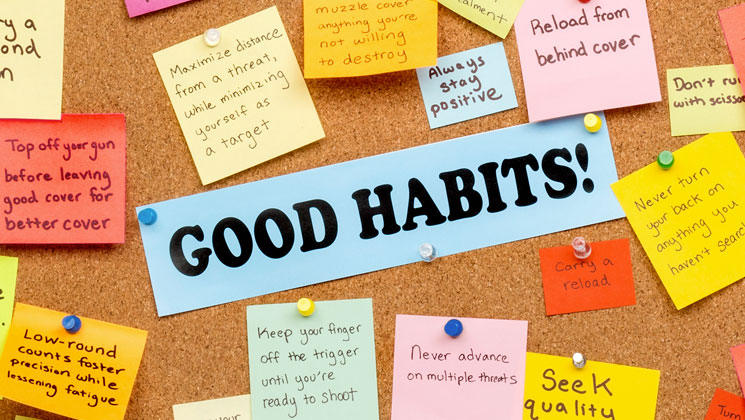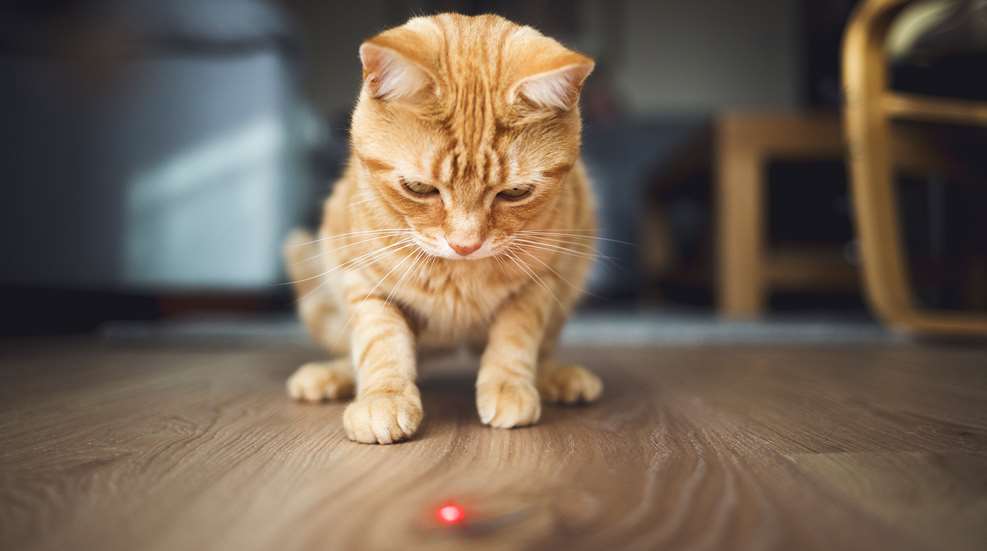
In “No Second Place Winner,” my old friend Bill Jordan tells the story of a border patrolman who was engaged in one of those hot little fights that often occur along the Rio Grande. When the fight was over and the officers were taking stock of the situation, one of this fellow’s colleagues noticed a bulge in the officer’s pants pockets. Upon checking, it was discovered this officer, firing a revolver, had dumped his empty cartridges in his hand and put them in his pants pocket.
You see, back in those days, during training, the Border Patrol required empty brass to be retrieved so it could be reloaded for training purposes. The officer’s firearms training officer insisted his students put the empties in their pockets instead of dumping them on the ground. That way, he didn’t have near as much trouble cleaning the brass prior to reloading it. It had become a habit, and— without even realizing it—this officer repeated the habit during the gunfight.
I have a problem with the term “muscle memory” because muscles simply don’t have memories. Only the brain has a memory. What we are actually talking about is habitual behavior. As we repeatedly perform a function, it becomes a habit. And, since we perform a habit unconsciously, we are subject to performing bad habits at the worst-possible times. When talking about personal defense, it is really a good idea for the brain to be full of good, useful habits. Proper training and practice are so important because they help develop those good habits, habits that can keep us alive during a criminal attack.
Too often, we see training courses and competitions where the shooter is required to reload out in the open and on the run as the competitor moves to his or her next string of targets. In reality, at the first sign of shooting trouble, the defensive shooter is wise to get behind the closest cover. Reloading behind good cover makes far more sense than standing out in the open where one continues to be a target. In a gunfight, we only leave protective cover when we absolutely have to, and we only move to better cover once our firearm is topped off with ammunition.
One may argue that it is only a pistol match, or a training session, and in real life he or she will make proper use of cover. But, given all of the things that will be racing through the mind during a gunfight, is it reasonable to think that an armed citizen will do something different than what has been practiced? Every time we perform a function improperly, we are one step closer to it becoming a habit—and, in this case it’s a habit that could get us killed. Then there are the training schools that advertise students will get to fire 1,000 rounds a day. I understand a lot of shooters look forward to the chance to have some serious trigger time on the range. But, I just have to wonder if firing 1,000 rounds over several days wouldn’t create a lot of fatigue, and when fatigue sets in, the formation of bad habits is not far behind.
How many rounds you fire is not nearly as important as the amount of rounds you fire accurately and properly. It would be far better to fire only 100 rounds in a day’s session, but to be able to deliver the largest percentage of those rounds to the vital zone of the target in a fast and accurate manner. There is no question about how fun and enjoyable shooting competitions are. However, the defensive shooter should avoid participating in competitions that can lead to the formation of poor tactics that can become habits. For example, advancing on a target, especially multiple targets, is seldom a good idea in an actual gunfight. Instead, one is well advised to create distance so that superior marksmanship will carry the day. Scenarios where lateral movement—getting off the “X”—and use of cover are required are preferred. Instead of stepping fully into a doorway and engaging multiple targets, it is really a good idea to use the door frame as cover and then “slice the pie,” taking on each target individually as they appear.
In our practice sessions, it is an excellent idea to work on the basics of defensive marksmanship and incorporate movement to cover as part of the program. Many shooting ranges have barricades that can be used to simulate the side of a building or other protective cover. We also should realize habits are nearly always unconscious. We are simply not aware of everything that we are doing. This is a really good reason for having a trained shooting partner join in our practice sessions. He or she can stand at the side and observe a firing drill, often seeing mistakes and bad habits of which we are not even aware. Some years ago, a defensive instructor pointed out that I was slapping the trigger instead of riding it out to the trigger reset, something I didn’t even realize at the time. His observation and my correction improved my defensive marksmanship considerably.
The solution to avoiding bad habits is to train with professionals, people who are good teachers and who teach realistic defensive techniques. That is the foundation upon which we build our own personal practice. Our practice sessions should be short enough that we avoid becoming fatigued. In addition, the practice session should focus on one or two particular defensive tasks. We don’t practice shooting as fast as possible, nor do we care anything about impressing anyone else on the range. We practice to perform a particular function as accurately and perfectly as we possibly can.
It has been said that practice makes perfect and we know that is wrong. Only perfect practice makes perfect. Watch out for those bad habits—they just plain aren’t worth collecting.





































